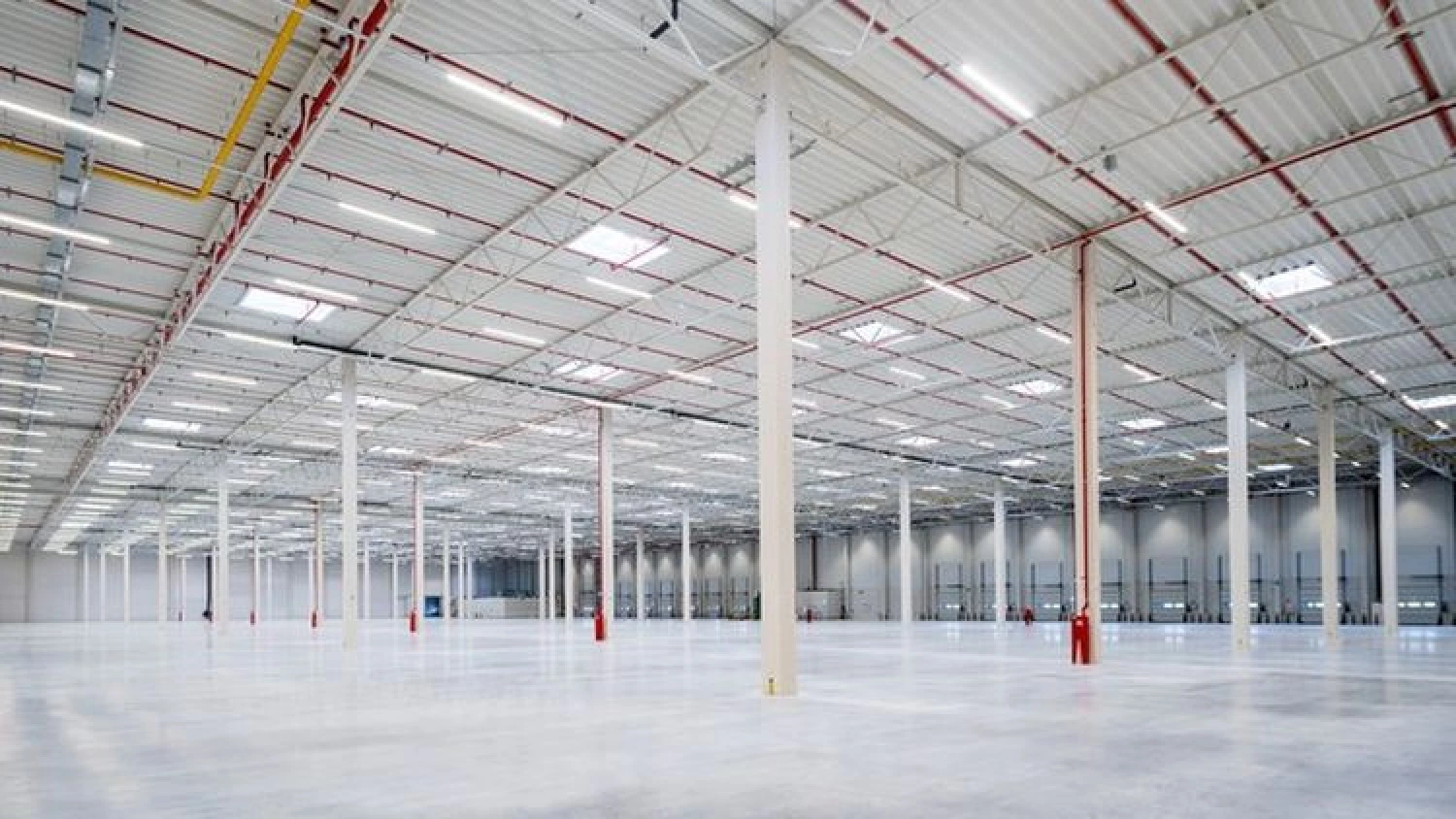
Warehouse occupiers are prioritising the shortening of supply chains to mitigate business risks, a trend that is likely to dominate the demand for warehouse space in Europe for the next three years, reports Savills and Tritax EuroBox plc, a leading investor in European logistics real estate. According to Savills, Poland becomes a target for larger Foreign Direct Investment facilities.
The desire to re-shore operations was cited by 68% of respondents in the inaugural European Real Estate Logistics Census, following pandemic-induced disruption, shipping delays, shortages of labour and rising fuel costs.
Reducing the amount of supplies that are sourced internationally is also cited as a strategy by 18% of occupiers that responded to the survey - which details sentiment from across the occupier, developer, investor and advisory communities. Meanwhile 54% of respondents expect companies to hold more inventory to better serve online orders.
These trends are in the context of a major increase in warehouse occupier demand, which will increase further in the coming months, driven in part by the rising level of remote working across Europe that is generating extra online consumer demand.
Almost all of the occupier respondents (95%) said they expect to require either more, or the same level of warehouse space over the next three years, while just under half said they forecast taking more space.
The survey also found that 3PLs were set to be the most expansive occupiers, with 58% anticipating an increase in space, followed by retailers (46%) and manufacturers (41%).
Marcus De Minckwitz, head of EMEA Industrial and Logistics, said: “Since the onset of the Covid-19 pandemic, the demand for warehouse space has increased dramatically while availability has continued to decline. The strong performance of the occupational market has, in turn, amplified interest in the sector from within the capital markets, with annual investment volumes rising to €35bn and prime yields falling to sub-3% in many prime markets.”
Mike Barnes, associate, European research, Savills, said: “There is an undersupply of warehouses across Europe and due to the rise in online retail sales, it means we can expect rental growth in these markets over the next 3-5 years.”
For 66% of developer respondents, warehouse automation was cited as having a big impact on supply chains over the next 12 months, more than any other factor.
Nick Preston, partner and fund manager, Tritax EuroBox, said: “In order to mitigate disruption risk and better serve customers, 68% of respondents are prioritising the need to near-shore operations and 54% expect to hold more inventory. When taken together with the expected continuing growth in warehouse automation and remote working, these longstanding structural trends further emphasise the critical nature of logistics real estate to occupiers, especially those buildings in core locations across key European markets. With supply shortages becoming even more acute, this is only increasing the depth and long-term sustainability of occupier and investor demand for high quality logistics assets in prime locations.”
But rising land and input costs remain a challenge for the development community, with over half (57%) of developers anticipating that both land costs and construction costs will increase at rates in excess of 5% per annum over the next five years.
The report also finds a disparity in approaches to ESG. For 71% of investors and asset managers, ESG has already been incorporated into their investment process, with 28% considering incorporating or adopting ESG criteria over the next three years.
John Palmer, Head of Industrial Investment, Savills Poland, said: “Poland becomes a target for larger Foreign Direct Investment facilities as it is one of the few established markets with attractive and available development land that can be realised within short time frames coupled with competitive labour costs. Enquiries from occupiers requiring factories, light production and Central Distribution Centres are increasing”.



